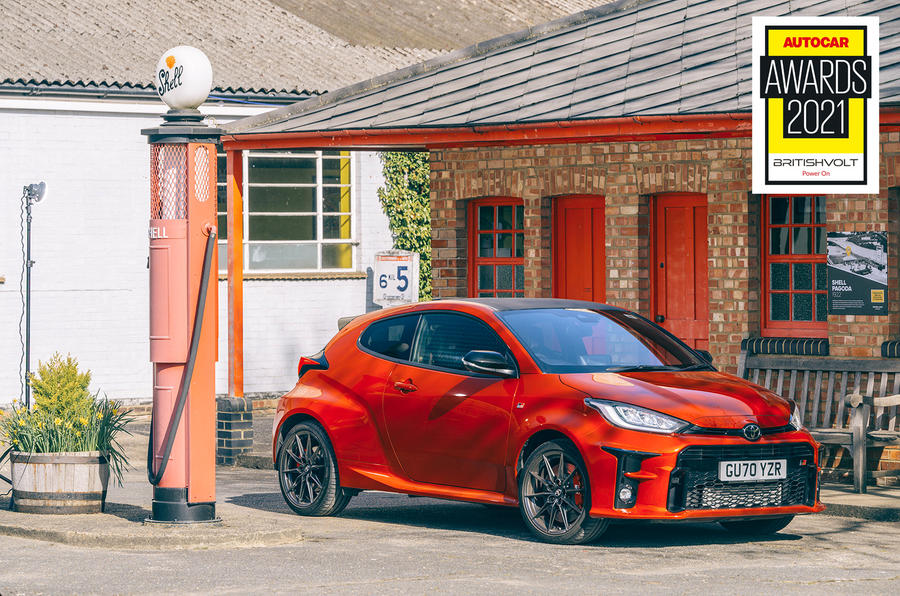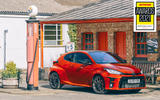From the moment Autocar first sat in a prototype version of the Toyota GR Yaris – in the simpler times of December 2019 – we had a sense it would do well in the world’s most comprehensive road test.
That feeling was heightened after our first drive of the finished car, and again when it outstripped the Honda Civic Type R, Ford Fiesta ST and Volkswagen Golf GTI to claim our Britain’s Best Affordable Driver’s Car crown in November last year. But nothing was certain until our expert road testers took the GR Yaris to Millbrook for the most extensive and exhaustive test process going. Still, when the white smoke that signals an ultra-rare five-star verdict finally rose from the secret bunker in which our testers debate their scores, we doubt many people were all that surprised.
But it turns out that some very important people were: Toyota’s Gazoo Racing team, which had developed the hot hatch. “We appreciated your kind words, but in my humble opinion we can never achieve the perfect car,” says chief engineer Naohiko Saito. “We had to start from scratch with this car, and we’d lost 20 years of experience. So this is just the start of development for our sports car. The important thing now is just to keep making it better for the future.”
It’s worth remembering that while the GR Yaris is now virtually shorthand for hot hatch brilliance, that was by no means certain during its development. In fact, the very idea of the world’s largest car company, one with a reputation for building staid, sensible models (and hybrids), transforming the solidly dependable Yaris into a four-wheel-drive homologation-special pocket rocket still seems faintly absurd.

That it happened is testimony not only to the Gazoo Racing engineers and the firm’s World Rally Championship team but also to the support of the wider company – going right to the top. While part of the impetus for the GR Yaris was to provide the base for the next-generation Yaris WRC, the main driving force was company boss Akio Toyoda’s determination to prove that Toyota could develop a world-class performance car in-house. He had already led Toyota’s return to performance cars with the GR Supra and GT86 (now GR 86), but he wanted to take that to the next level.


































Join the debate
Add your comment
It sounds like Toyoda is a bit too enthusiastic for the commercial good of the company. Long may it continue!